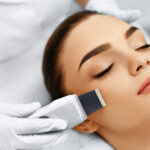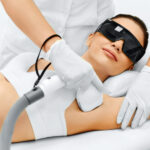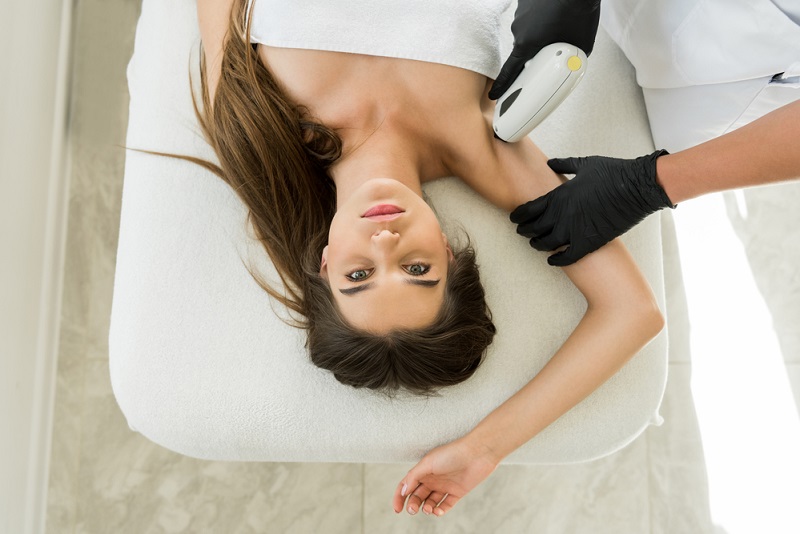Laser skin resurfacing for wrinkles, acne scars, and to improve your skin’s texture is a non-invasive, and effective treatment. A number of sessions are planned with a qualified practitioner and results can start showing after the first treatment. There is minimal disruption and recovery, which makes this one of the safest cosmetic treatments for skin rejuvenation.
What is laser skin resurfacing?
Laser skin resurfacing utilizes laser technology to create energy pulses that remove dead skin cells by layer. It exposes new skin cells to reveal healthier layers by generating heat that penetrates the skin causing a thermal effect that stimulates the skin’s natural healing process that in turn triggers the production of elastin and collagen.
This is an advanced and popular technique used by aesthetic clinics for cosmetic enhancements so an Internet search on laser skin resurfacing acne scars near me will prove fruitful in most cities. The benefits of laser skin resurfacing helps improve the overall appearance and structure of the skin on your face, chest, neck, and even the back of your hands.
While there are different techniques for skin rejuvenation that may produce the same results, there are several factors to consider when choosing the right treatment for your skin tone and recovery. If comparing laser skin resurfacing vs chemical peels, both remove dead skin cells to stimulate new growth, however the procedures are entirely different. Chemical solutions are used in peels and lasers use a high-energy light source and depending on your skin type and sensitivity, the side-effects may differ.
Who should get this procedure?
Laser skin resurfacing in London is effective in treating wrinkles and fine lines, scars, sun damage, birthmarks, pigmentation, and enlarged pores. Skin tone and type are big factors that determine if you’re a good candidate for laser skin resurfacing.
Darker skin tones could have a higher risk of hyperpigmentation during the recovery period after laser treatments, but your practitioner will be able to advise on the right type of treatment based on your skin type. If you are predisposed to having frequent acne breakouts, fever blisters or cold sores, laser treatment may exacerbate the condition, and if you have sagging skin, your practitioner may discuss alternative options.
It’s important to be honest and open during your consultation regarding your medical history and medication intake as there are factors that may slow down the healing process or induce bleeding such as having chronic conditions, smoking, being pregnant or breastfeeding.
What skin concerns do require laser treatment involvement?
There are some skin conditions that can only be treated with lasers. These procedures can be performed in dermatology clinics, plastic surgery units, and hospitals. Conditions that involve excessive blood vessels, inflammatory lesions from psoriasis), trauma scars, skin tumors, or tattoo removal are safely treated through laser therapies.
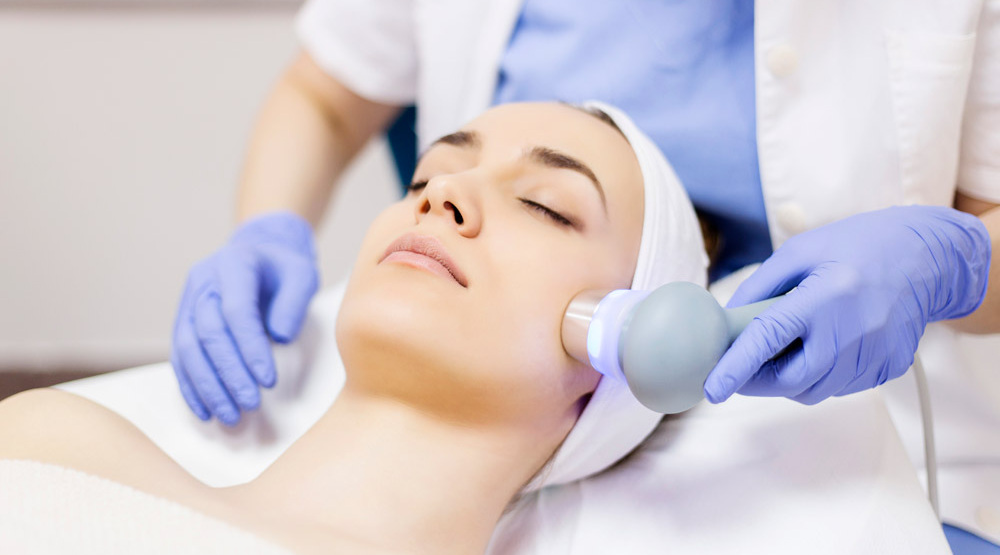
What to expect from the procedure?
The cost of laser skin resurfacing for acne scars, wrinkles, or skin improvement can cost up to £400 per session when treating the whole face. You will need to avoid exposure to the sun and artificial tanning for a few weeks prior to starting treatment. Your practitioner may also advise you to discontinue the use of prescribed topical and Retin-A products until a few days after the treatment plan is completed.
On the day of treatment, ensure you have thoroughly cleaned your face without applying any creams or makeup. Recovery will vary from person to person and will depend on the level of treatment, but you can expect the treated skin to be more sensitive for about two days afterwards. When the production of new collagen is stimulated, the skin’s outer layer is shed, resulting in an improved texture and skin quality.
How is it conducted?
Whether you’re going for general texture enhancement, treating wrinkles or acne scars through laser skin resurfacing, a typical session can take around 20 minutes. The practitioner uses a laser machine that penetrates the skin’s upper layers to create perforations known as pixels. Only part of the skin is affected to minimize recovery.
No anesthetic is required during the treatment, but you may experience some discomfort and slight warmth similar to a sunburn feeling. If at any point you feel pain or extreme tenderness, let the practitioner know immediately.
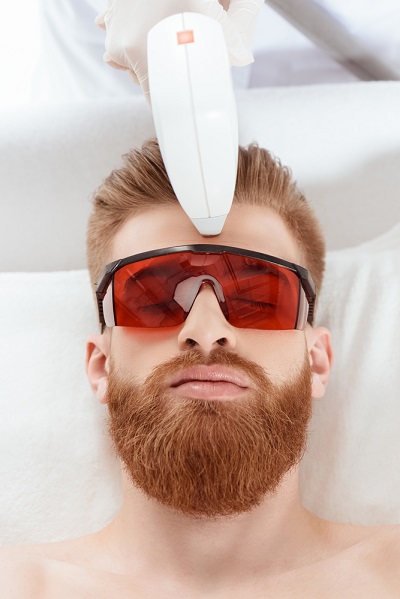
What are the benefits of laser skin resurfacing?
Laser resurfacing dark skin or lighter skin tones have the same great results for skin rejuvenation. It enriches the texture, improves firmness, refines pores, softens wrinkles, and reduces acne scars.
You may need up to 6 sessions depending on what the laser resurfacing is treating but completing 3 treatments can produce optimal results. It is essential to follow an aftercare routine to get the best out of your laser treatment. Avoid scrubbing and exfoliating the skin, and stick to gentle cleansers and moisturizers while the skin goes through the healing process.
Are there any side effects?
Laser skin resurfacing is not a permanent solution for flawless skin. While the risks are minimal compared to surgery there are potential issues that could occur in rare cases:
- The laser heat can burn the skin or cause other injuries.
- Scarring may occur.
- It could change skin’s pigmentation in some areas.
- Herpes, sores, or acne can be reactivated.
- Risk of bacterial infections.
After each session, it is normal to experience sensitivity, swelling, or redness, but this usually subsides after a few hours or a day or two. But when you’re in the hands of a highly skilled and experienced professional, laser resurfacing is one of the safest ways to improve the appearance of your skin.
The biggest risk comes in choosing an untrained and inexperienced practitioner that costs you money for poor results or puts you in danger through unskilled use of lasers. Choosing a laser resurfacing specialist should be based on researching their training, experience, and qualifications and not based on finding the best deal for laser skin resurfacing costs in London.
Latest News
- August 25, 2021
- August 25, 2021
- July 21, 2021
- July 20, 2021
- June 21, 2021


